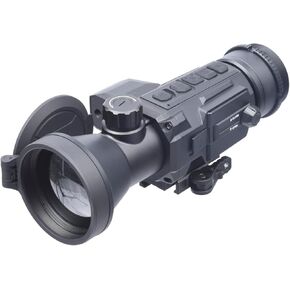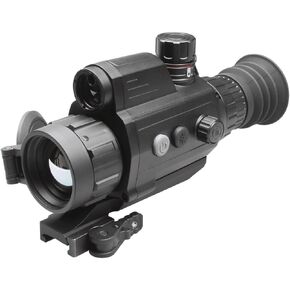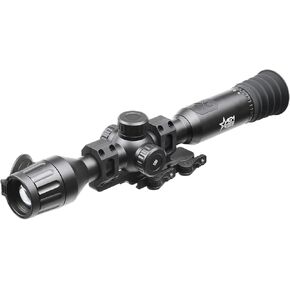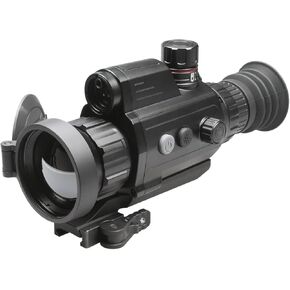- Shopping, made easy.
- /
- Get the app!
Devices that help improve visibility at night, make objects clear and suitable for observation require a little more knowledge than "turn on and watch." Night vision equipment was initially developed for defense purposes. This is quite logical because in the process of conducting military operations, the ability to move at night is no worse than during the day guarantees the success of military operations. Such devices have long been adopted by the armies of most countries of the world. NVDs in the form in which they are presented now began to be used by US soldiers during operations in the Middle East, although the very first such developments date back to the Second World War. Today, with the help of night vision devices, rescue helicopters and military fighters fly at night, and modern drones are equipped with thermal imagers. Thanks to the ingenuity and technology development of night vision manufacturers, hunters, and the police can use NVDs wherever needed. Devices for night observation are becoming more accessible, but many people still do not know how they work, what you need to know when choosing how to use a night vision device. Night vision devices (NVDs) are special devices that amplify the available light in low light conditions or, in complete darkness, enhance the infrared (IR) illumination from IR flashlights. Thanks to these devices, you can see the image in the picture at night in low light conditions. Since these devices amplify the light, very bright spots from the lanterns can be seen in the background. Night vision is used in various applications, from simple CCTV cameras to night vision rifle scopes. Technology is constantly evolving, but today night vision devices with an image converter are more popular. They are pretty reliable, easy to operate and provide high-quality images. Depending on the image converter used, experts divide night vision devices into generations. This is a conditional classification associated with the development of technology. The principle of operation remains unchanged - amplification of weak light from weak sources. Choosing a monocular can be a problem for a beginner hunter, so it is best to seek help from experienced hunters. Undoubtedly, they will be happy to share their knowledge and help you choose the most suitable device, considering all the nuances and subtleties of the upcoming hunt.


 AGM Global Vision Secutor LRF-C 75-640 Professional Grade Thermal Imaging Clip-On System with Built-in Laser Rangefinder. High Sensitivity 12μm Thermal Detector with 640x512 (50 Hz) Resolution
KWD 2,107.500
AGM Global Vision Secutor LRF-C 75-640 Professional Grade Thermal Imaging Clip-On System with Built-in Laser Rangefinder. High Sensitivity 12μm Thermal Detector with 640x512 (50 Hz) Resolution
KWD 2,107.500
 AGM Global Vision VarmintV2 LRF 35-384 Thermal Imaging Rifle Scope with Built-in Laser Range Finder, 20mK, 12 Micron, 384x288 (50 Hz), 35 mm Lens.
KWD 917
AGM Global Vision VarmintV2 LRF 35-384 Thermal Imaging Rifle Scope with Built-in Laser Range Finder, 20mK, 12 Micron, 384x288 (50 Hz), 35 mm Lens.
KWD 917
 -17%
AGM Global Vision Adder TS35-640 Thermal Imaging Scope for Hunting- Thermal Scope with 640x512 Resolution and 35mm Lens. Thermal Vision Night Hunting riflescope. Thermal Sight
KWD 1,087
-17%
AGM Global Vision Adder TS35-640 Thermal Imaging Scope for Hunting- Thermal Scope with 640x512 Resolution and 35mm Lens. Thermal Vision Night Hunting riflescope. Thermal Sight
KWD 1,087
 AGM Global Vision VarmintV2 LRF 50-384 Thermal Imaging Rifle Scope with Built-in Laser Range Finder, 20mK, 12 Micron, 384x288 (50 Hz), 50 mm Lens.
KWD 1,087
AGM Global Vision VarmintV2 LRF 50-384 Thermal Imaging Rifle Scope with Built-in Laser Range Finder, 20mK, 12 Micron, 384x288 (50 Hz), 50 mm Lens.
KWD 1,087